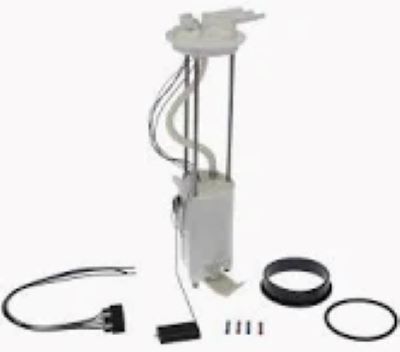Overload signs of fuel pumps generally appear as a drop in performance and may result in severe engine problems if not addressed. The most important symptom signaling an overloaded fuel pump is a sudden drop in fuel pressure. Typically, each fuel system requires a quantity of pressure that ranges between 30-80 PSI depending on different vehicle types. When the pump becomes overloaded to maintain this type of pressure, then stuttering may occur, hesitation in acceleration or the engine could stall.
Another common indicator of overload is an overheating fuel pump. The pump relies on fuel as a coolant, and when it operates at excessive strain, it can overheat to more than 140°F. Overheating does not just damage the pump but also invites vapor lock: a fuel condition where fuel vapors created in the pump prevent proper fuel delivery, resulting in hard cold starts or even hot-weather no-starts.
Other symptoms of overload include frequent fuse blowing; the pump will be drawing more current than it normally would, usually in excess of the normal 10-15 amp specification. If within a very short period the fuse has blown several times, this will signal that the fuel pump is constantly drawing more power than it's supposed to draw-a classic symptom of overload. Many times, this is due to high resistance in the motor of the pump or an abnormality in the relay, which means that the pump has to work much harder and takes more current from the battery.

A noisy fuel pump is also a symptom of an imminent overload. Though a good pump mostly operates quietly, an overloaded pump produces loud whining or clicking noise, especially under high demands such as those involving rapid acceleration. It shows that the pump is straining and may soon fail. According to technicians in automotives, noise changes in a fuel pump should not be taken for granted since, most of the time, they are indicative of internal wear and increased load.
On the other hand, in high-performance or modified engines, such would not hold because the fuel pump is overloaded and fails to sustain the flow rate required. For performance engines, over 300 liters an hour are needed, and a normal overloaded pump cannot keep that rate, which in turn leads to fuel starvation or poor engine performance. Due to this problem, most performance enthusiasts upgrade their Fuel Pump with high-flow versions designed to handle much higher demands without complaint.
The overload signs are warnings that immediate maintenance is needed. This would, if neglected, result in complete pump failure and further major damage to the engine.